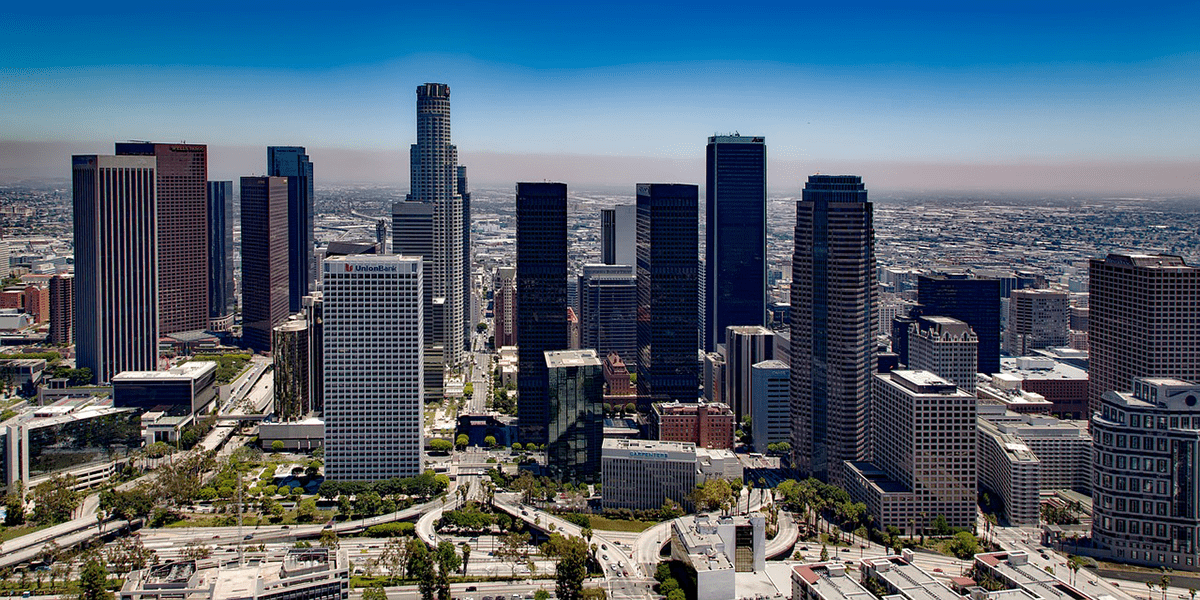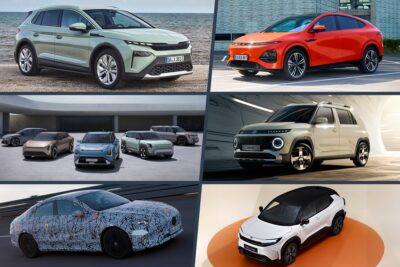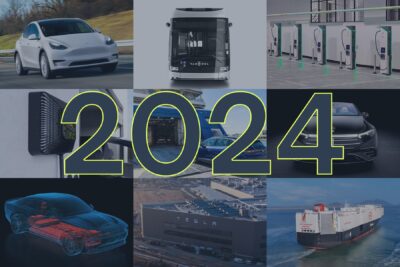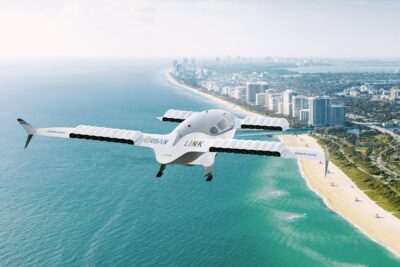Los Angeles takes aim at 80% electric sales by 2028
The “Zero Emissions Roadmap 2028 2.0” for the Los Angeles area has just been presented. It outlines the way the city aims to reduce greenhouse gas emissions and air pollution by 25% by the 2028 Olympic Games. E-mobility plays an essential role.
By 2028, 80 per cent of all new vehicles sold in Los Angeles should be electric. The city is already aiming for an electric share of 30 per cent of all vehicles. With the targeted reduction in greenhouse gas emissions, the city of Los Angeles would even exceed the climate targets set in the Paris Agreement.
“We can’t turn the tide on the climate crisis until we work across sectors and city limits to put the brakes on dangerous pollution and kick our zero-emissions transportation future into high gear,” says LA Mayor Eric Garcetti.
The driving force behind the plans is the Transport Electrification Partnership (TEP), founded in May 2018 by the Los Angeles Cleantech Incubator (LACI). In addition to Tesla and the e-bus manufacturer Proterra, the TEP also includes Audi, BMW and BYD as well as several energy companies. The California Air Resources Board (CARB) is also part of the partnership.
L.A. is also famous for its sprawling suburbs. The cities with the lowest density in the world are all in the United States. Los Angeles is the second-most populous city in the USA. How this ambitious city goes about the decarbonisation of its transport systems will be an important international example. TEP partners say they are aiming to prioritise equity for disadvantaged areas lacking access to first-mile and last-mile solutions as well as being highly affected by bad air. For this purpose, TEP and LACI have launched mobility pilot projects representing an investment of $500,000 to bring EV car-sharing and micromobility to four disadvantaged communities in the LA region that lack adequate mobility options: Pacoima; San Pedro; Long Beach and Huntington Park. Making an impact with this amount will be impressive.
The city is also known for its extreme traffic jams, and not only wants to replace combustion engines with electric vehicles but also to strengthen other means of transport. Twenty per cent of all journeys with only one person in the car is meant to be converted to public transportation, bicycles or “other active means of transport”.
Nevertheless, the Zero Emissions Roadmap 2.0 mentions cars as the most significant crucial factor, since they account for the largest share of emissions in the transport sector in L.A. For the target year, the plan assumes about 60,000 to 130,000 public charging points – the lower number is based on current plans in the county, the higher number is more in line with the forecast demand. In the case of private cars, electric vehicles should make up between 20 and 45 per cent of these, and in the case of shared vehicles, i.e. taxis and ridesharing services, electric cars should make up a portion of between 50 and 100 per cent. The city’s Metro fleet and the buses from the Los Angeles Department of Transportation (LADOT) are to be electrified by between 80 and 100 per cent. Just a few weeks ago, the LADOT ordered 130 electric buses from BYD.
According to the roadmap, some critical issues will be clarified in the coming year to achieve these goals – for example, just how much the charging infrastructure needs to be expanded, and how the process of getting permits for charging points in the greater Los Angeles area can be simplified and standardised. What also requires clarification is how the installation of private charging points on multi-family houses can be most effectually promoted.
“There is much work ahead, but with our new regional goal to reduce emissions by an additional 25% by 2028 through transportation electrification and the power of this multi-sectoral partnership, I am confident that we will succeed.,” says CARB Chairperson Mary Nichols.
smartcitiesworld.net, laincubator.org, roadmap.laci.org (Roadmap PDF)





1 Comment